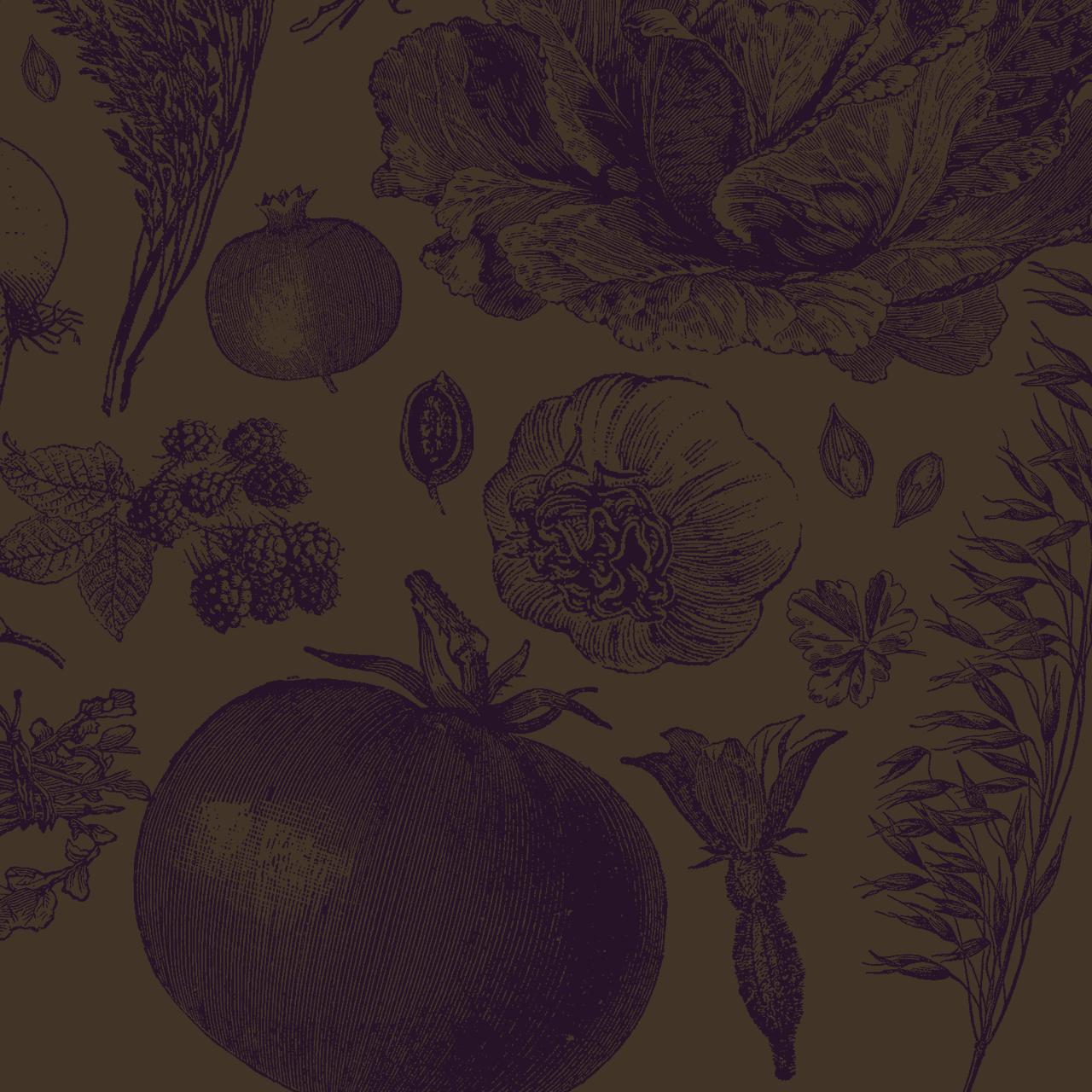Perhaps the future health of our planet is a more pressing issue than our own health. When we look at the impact of our food production on the environment there are even more compelling reasons to eat plants. This information certainly got my attention:
Two thirds of the land that we farm is growing crops to feed livestock, while only 8% is used to feed humans directly. In 2013 the EPA reported that more than half the streams in the U.S. are unfit for aquatic life.
Water is finite.
If all the fresh water in the world were rolled into a ball it would be about the size of Rhode Island. Our use of fresh water is outstripping our population growth. The water that is being pulled out of the aquifers will take thousands of years to regenerate.
___
Meat consumption has a high demand for water. A ton of beef requires four million gallons of water to produce while a ton of beets requires 52,000 gallons. Other vegetables require 80,00 to 100,000 gallons. Cutting meat consumption in half would reduce our fresh water footprint by 30%; a completely vegetarian society would reduce that footprint by 60%.
___
Greenhouse gas emissions are estimated at 18% for livestock farming, yet that number could be over 50% if one takes into account burning the forests, trucking the product, etc. Every molecule of carbon dioxide we put into the atmosphere from fossil carbon-burning or from livestock farming stays in the atmosphere for 10,000 years.
___
Two degree warming of the earth is internationally recognized as the limit if we want to keep humanity safe. We have 500 gigatons to burn if we want to stay below two degrees. We are burning 50 gigatons a year currently. Most of the crops we grow today are close to their thermal maximum heat tolerance.
15,000 years ago, four kilometers of ice covered the earth, and it was only four degrees colder.
The populations of some of our top predator fish have declined by 90%. Fishing methods like bottom-trawling discard 70% of the fish they catch as dead marine life. We are bottom-trawling 150 times more square footage than we are deforesting to raise cattle.
___
This information speaks for itself. It was enough to make me think harder about the fragile relationship between what is on our plates and the health of the planet.

